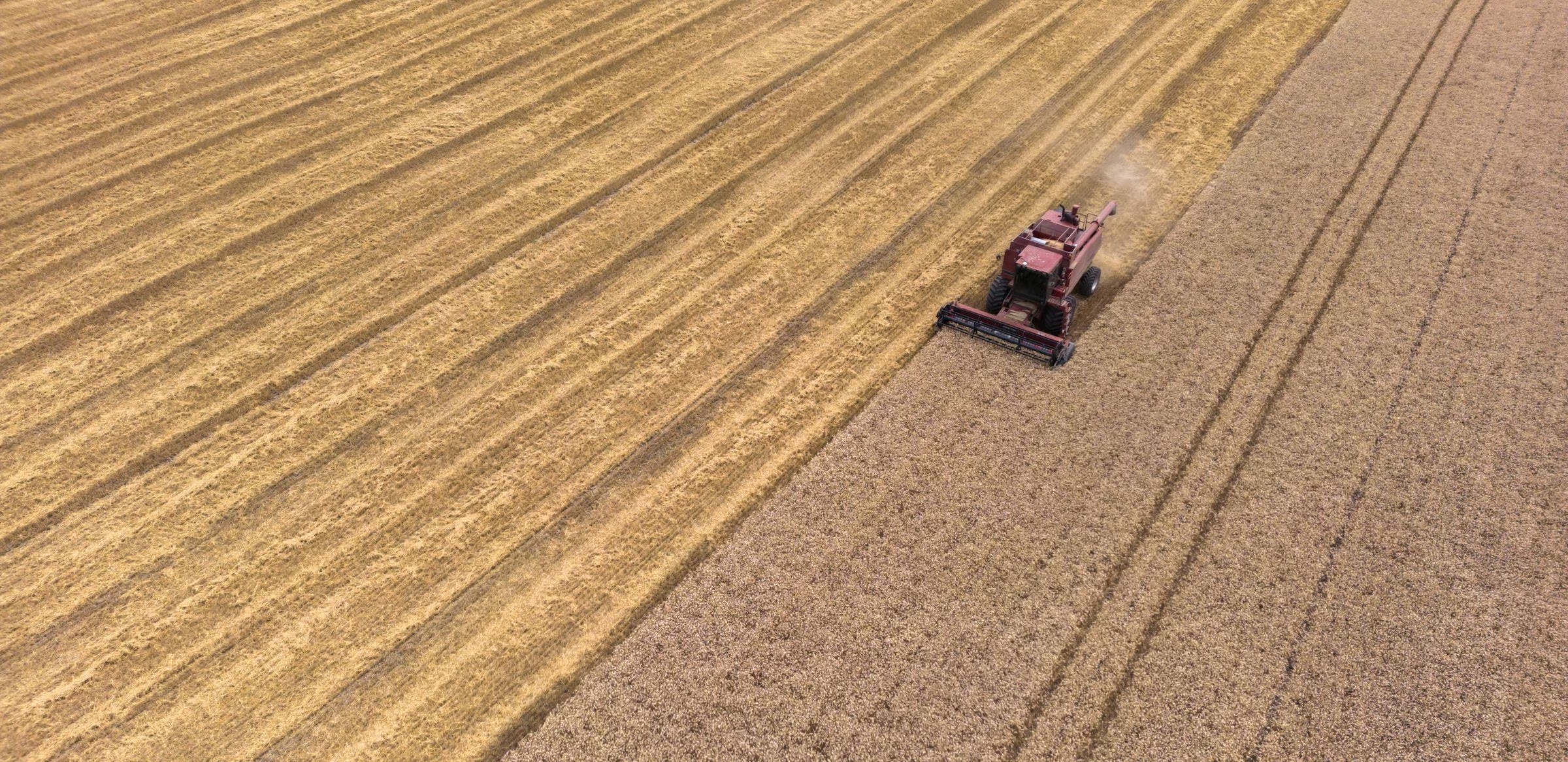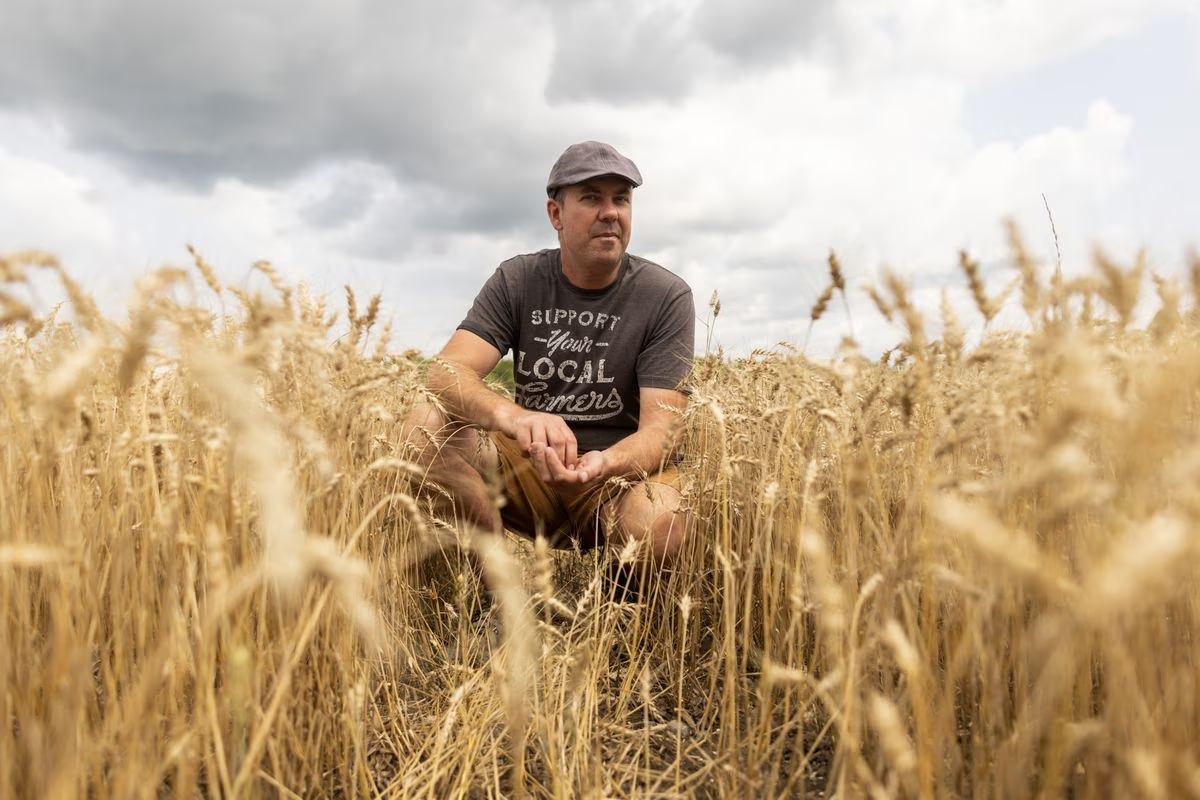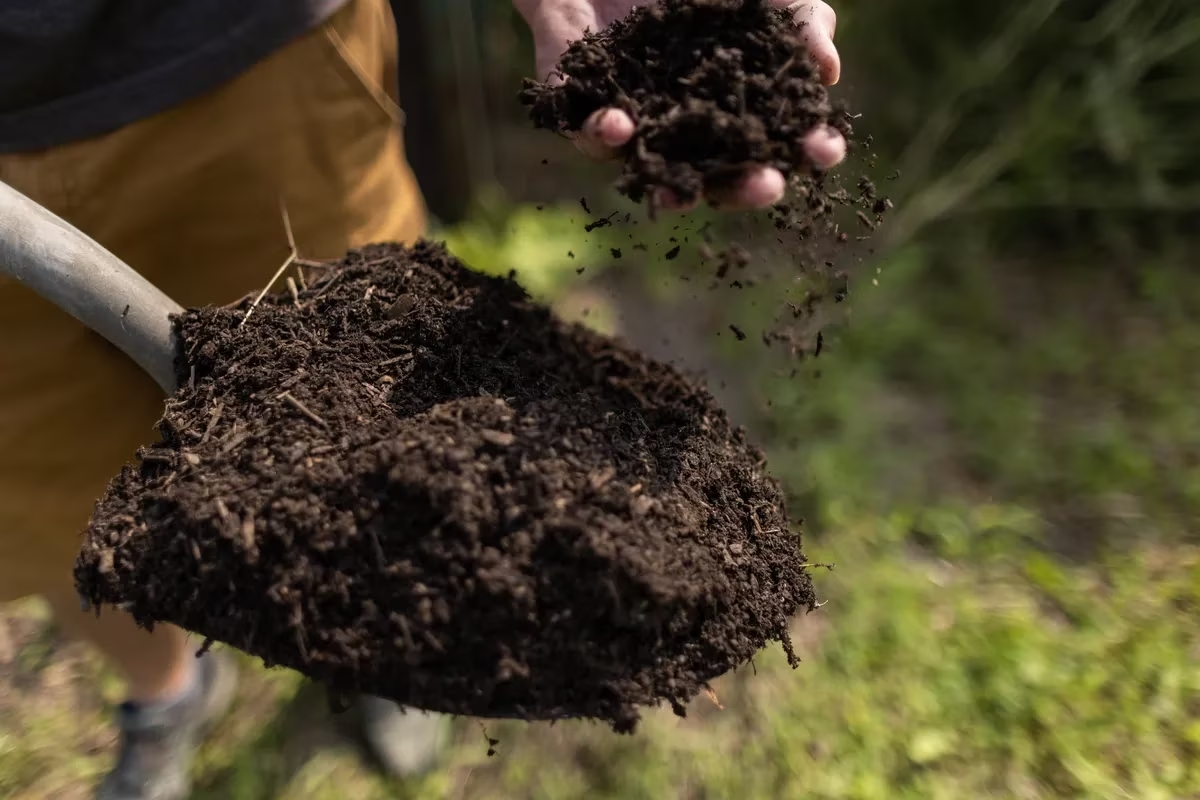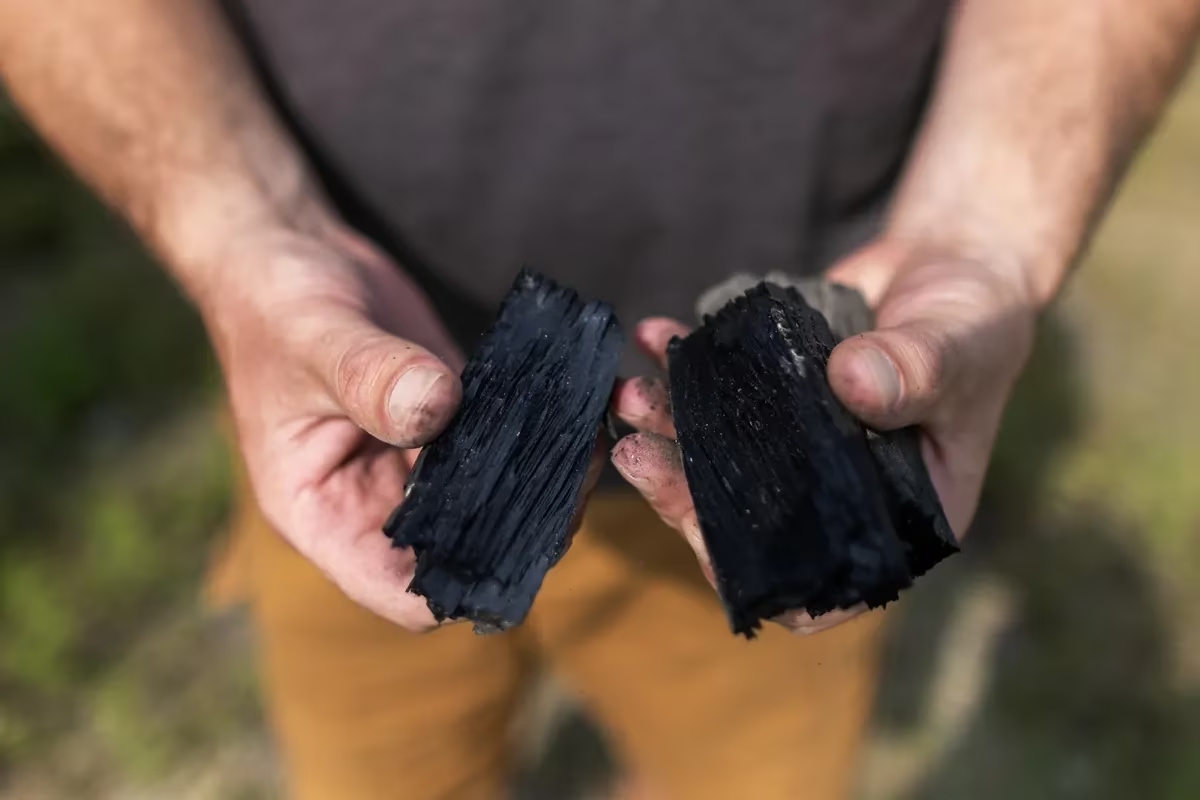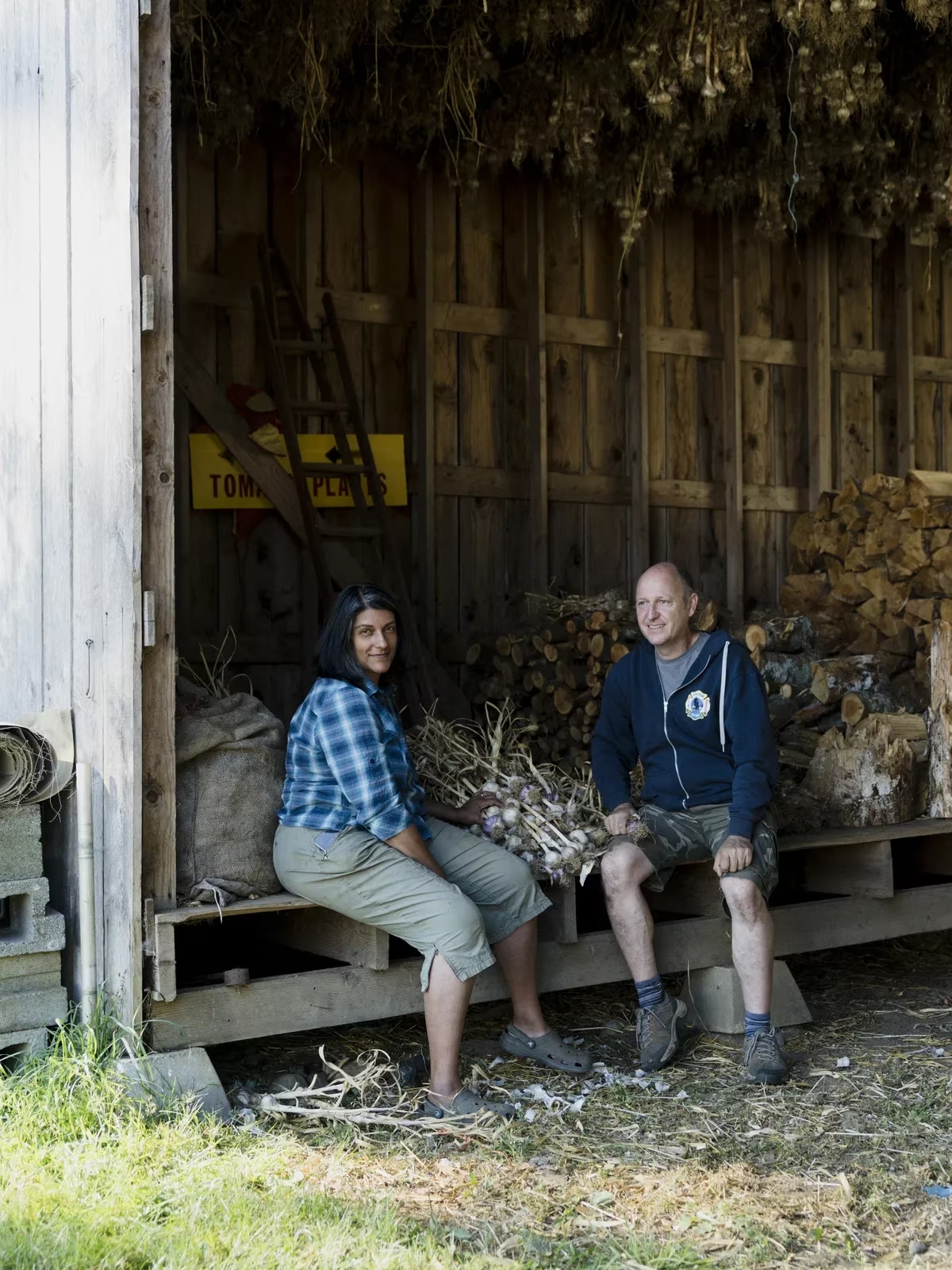As extreme weather bakes their soil, young farmers are helping one another to embrace new techniques, lower emissions and (they hope) still earn a living.
Making a living from the land has never been easy, but a new generation of farmers in Canada must contend with challenges their predecessors didn’t face, from rising costs and the dwindling availability of farmland to climate change, which can have a devastating impact on soil quality and overall food production.
Agricultural activities make up 12 per cent of Canada’s total greenhouse-gas emissions. This means the challenge to young and emerging farm operators is twofold: They must think about reducing their own GHG emissions while adapting their farming methods to withstand extreme temperature fluctuations. All while making enough money to pay their staff and feed their families.
Many are turning for support to peer-to-peer groups such as Young Agrarians. It was founded in British Columbia in 2012 to connect young farmers with workshops, networking and even land-sharing programs, which allow them to lease smaller plots of land from established producers.
By 2020, Young Agrarians had grown to include Manitoba and Saskatchewan, and the organization continues to expand both its staff and its programming.
The growth in peer-support organizations, some farmers say, is driven by a demand for knowledge-sharing, especially about regenerative farming, which aims to replenish soil quality and help withstand the effects of climate change.
Canada’s newest generation of farmers is leading the way in this new era. Some are changing the way they manage soil health, till and plough, or use on-farm energy, while others are lobbying for better agricultural policy and increased support for the training of other young farmers.
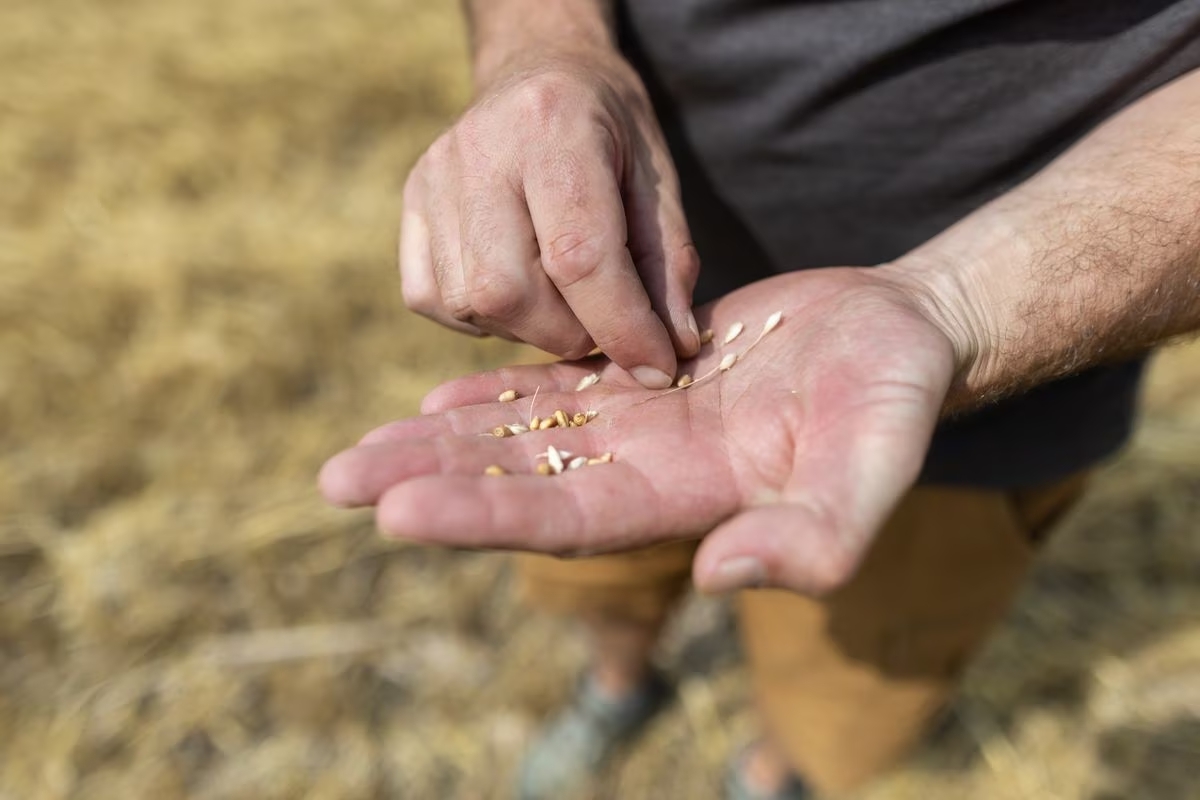
At Wooodleigh Farms in Cavan-Monaghan, west of Peterborough, Ont., Norm Lamothe is eager to try new climate-friendly techniques, and mentors other farmers to do the same. ‘Research is a big part of what drives me,’ he says. COLE BURSTON/THE GLOBE AND MAIL
Norm Lamothe isn’t a member of Young Agrarians, but as he struggles to replenish the soil on his farm in Cavan Monaghan, a township in Central Ontario, he knows how helpful agricultural research can be. He is hopeful that continued knowledge sharing will encourage farmers to become more climate resilient.
Mr. Lamothe is a farmer on his wife’s family land, a 500-acre spread where they grow cereal crops such as soy, wheat and oats, along with a small market garden for fruits, vegetables and houseplants. They also produce maple syrup.
He has been farming for the past decade, the last three years on a full-time basis, after leaving a corporate career. “We’ve really pivoted quite a bit in that time,” he says. “We focus on feeding the soil, which ultimately grows our crops.”
Over the past 100 years in North America, industrialized farming practices, such as tilling, have led to soil degradation. This oxidizes carbon in the soil, making it more vulnerable to effects of climate change like drought and flooding. By degrading the soil, Mr. Lamothe says, “we’ve essentially removed 50 per cent of the organic matter. And that organic matter is kind of what I consider to be a resilient tool to managing crops.”
They also have a solar radiator to offset energy usage and are looking at converting a portion of their crops to biofuel, which could power some of their farm machinery.
But adaption on the farm is a slow game, says Mr. Lamothe. The biggest challenge is that the cycle for trying new techniques is so long. “It takes an entire year to collect that data and analyze and decide if you want to do it again,” he says. “It’s not like Walmart who puts something on the shelf and they know within a week whether or not it works.”
Mr. Lamothe is encouraged by emerging research and government funding for farmers to try new agricultural approaches. “Research is a big part of what drives me,” he says. “There’s some farmer-led groups like the Ontario Soil Network, where there’s 50 or 60 of us like-minded individuals,” he says. “I actually mentor other Ontario farmers who want to adapt their practices and we have the opportunity there to share our experiences – the good, the bad and the ugly – and ask questions.”
This year he received an award for his leadership in climate resilient agriculture from Farms at Work, a peer-to-peer support organization based in Ontario.
“I see nothing but opportunity,” he says. “I think if we do become more climate resilient as growers, we’re going to have a better chance of mitigating some of the climate risks that exist, whether it be weather, whether it be longer, hotter seasons.”
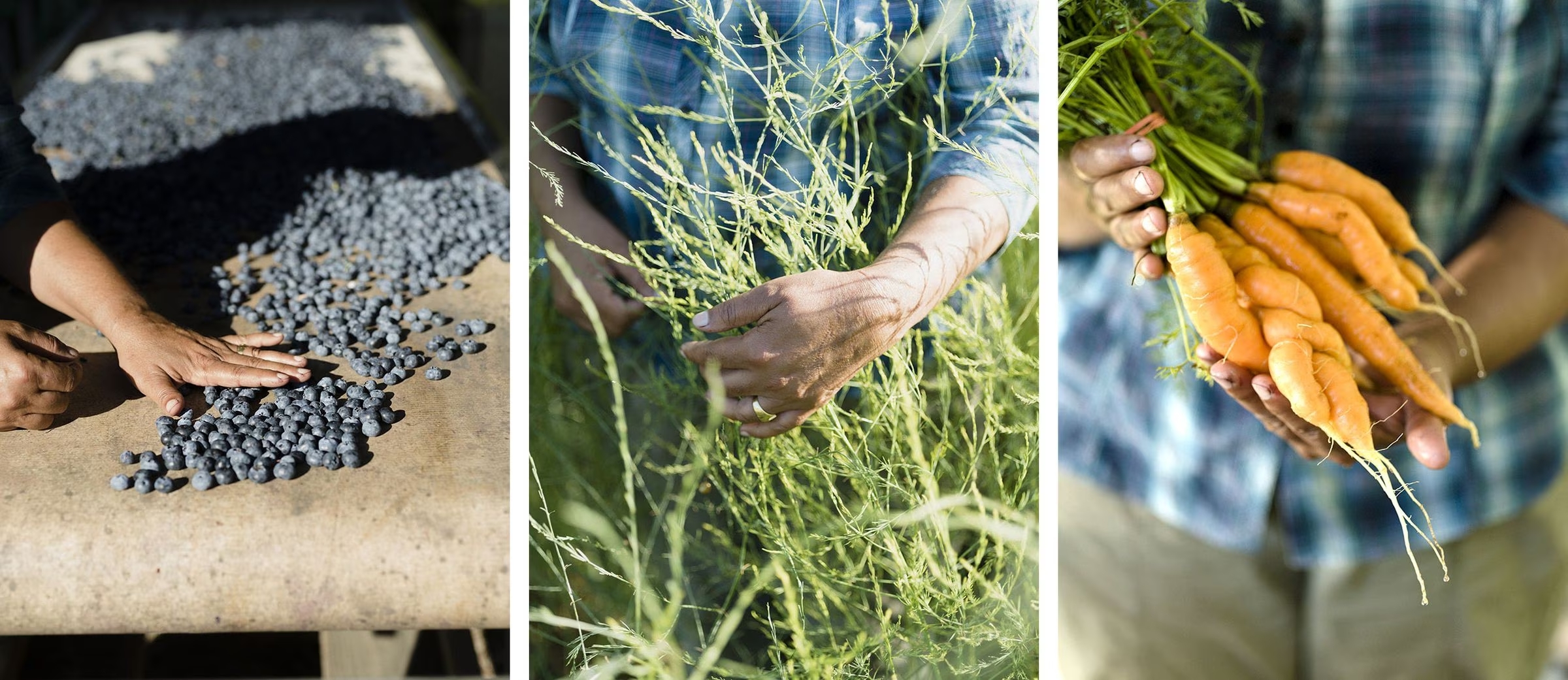
Blueberries, asparagus and carrots are some of the products Ms. Hamir and her husband, Neil Turner, grows in the Courtenay farm they bought 11 years ago. ‘It was always part of our ethos to try and make the best decisions for the land and the other creatures that are around us,’ she says. ANDREW QUERNER/THE GLOBE AND MAIL
It’s not just individual farmers like Mr. Lamothe who suffer from low crop yields. It’s the entire agricultural supply chain – including consumers.
Agriculture has long been a staple of the Canadian economy, accounting for 7 per cent of the country’s gross domestic product in 2022 and generating $143.8-billion in revenue.
But the federal government is not giving the next generation of food producers the competitive edge they need in the global market, says Mohamad Yaghi, agriculture and climate policy lead at the RBC Climate Action Institute.
The United States and Europe have committed billions to sustainable agriculture research and assistance for farmers.
“When we look at the support that’s given to farmers today, Canada definitely lags,” Mr. Yaghi says.
“The government has to make a decision about whether it wants to prioritize agriculture – and in my opinion, it has to.”
Arzeena Hamir knows first-hand the critical role that policy and funding can play when it comes to navigating the effects of climate change on farms.
In 2015, she and her husband lost their entire onion crop, nearly 40 per cent of their farm’s annual produce. There had been an unprecedented drought that summer, effectively sucking the moisture out of the soil on Vancouver Island, where they farm 26 acres of organic fruits and vegetables.
They purchased the Comox Valley property in 2012. Neither came from farming backgrounds, but they were armed with agricultural-related degrees – Ms. Hamir studied crop science at Guelph University – and a desire to feed their community.
Right from the start, says Ms. Hamir, they approached farming from a sustainability lens. “It was always part of our ethos to try and make the best decisions for the land and the other creatures that are around us.”
This meant using mostly hand labour to avoid the harsh effects of tilling on the soil; installing solar panels on their home’s roof; and swapping gas-based vehicles for electric models, including electric golf carts to transport produce off the fields. But Ms. Hamir soon realized farming under the constraints of climate change couldn’t be done alone – the government needed to step in.
Shortly after losing their onion crop, she and her husband decided to install a dugout to optimize water storage. Not only did this take up land they could have used for production, but it cost an unexpected $15,000.
Meanwhile, droughts continue to take a toll. After 10 to 12 weeks without rain, “the soil literally bakes, almost like a clay,” she says. “So when it does rain, it’s not even able to absorb the moisture properly.”
To protect the soil when it’s not growing crops, Ms. Hamir, like Mr. Lamothe, uses something called “cover cropping” – putting plants on exposed land that bind to the soil, effectively protecting it from the effects of extreme heat and dryness. But that comes at a price. “We’re planting a lot of plants that we don’t get any financial benefit out of,” she says.
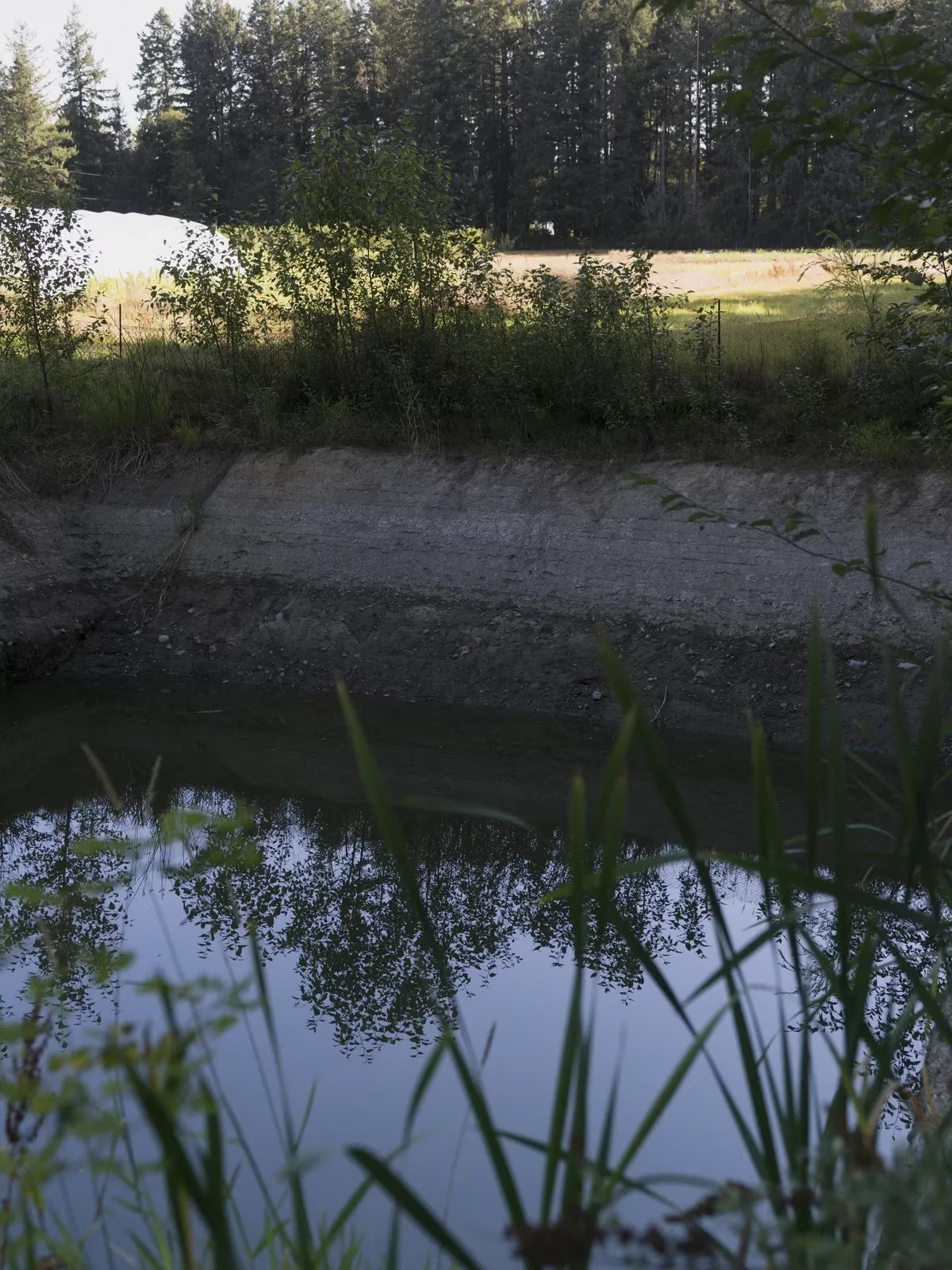
Dry conditions in 2023 have depleted the dugout, or reservoir, at Amara Farm. ANDREW QUERNER/THE GLOBE AND MAIL
Such mitigating practices – cover cropping, solar panels – cost money, something young or new farmers don’t always have access to. That’s where policy comes in, Ms. Hamir says. After the dugout was installed on their farm, she began to lobby hard for the B.C. government to support on-farm water storage – an effort that proved successful.
“It’s not super romantic work, but now it’s something that the province will pay 50 per cent of,” she says.
Ms. Hamir never imagined so much of her farming work would involve advocacy, but she’s come to believe it’s the best way to support the agriculture industry.
“Europe has invested way more money in researching climate-friendly agriculture systems,” she says. “Canada’s just barely started and the U.S is also way ahead of us.”
In 2019, she joined the policy task force with Farmers for Climate Solutions, a national, farmer-led coalition that works to advance ways to help farmers reduce emissions.
She met with then-minister of agriculture Marie-Claude Bibeau and believes the task force’s advocacy was influential in the federal government’s 2021 decision to commit $200-million to the On-Farm Climate Action Fund, which supports farmers in adopting beneficial management practices such as cover cropping and other forms of soil management.
Ms. Hamir continues to lobby for policies that can make the difference between surviving as a farmer and having to shut down operations.
“Farmers don’t like to be complaining,” she says. That’s one of the reasons why she is speaking out to get their stories into the wider community: “So that people understand what farmers are having to go through.”
By 2033, 40 per cent of Canadian farm operators will retire, according to a report co-authored by Mr. Yaghi and released by RBC last April. This will coincide with a shortfall of 24,000 general farm, nursery and greenhouse workers.
“These gaps loom at a time when Canada’s agricultural work force needs to evolve to include skills like data analytics and climate-smart practices that enable us to grow more food with fewer emissions,” the report says, calling on the federal government to prioritize immigration of skilled farm operators.
But some producers think the solution might lay closer to home.
Jacob Beaton, a member of the Tsimshian First Nations, operates Tea Creek Farm, which spans 450 acres in Kitwanga in Northern B.C. He has an idea that he says could help both the labour shortage and the challenges of farming under climate change.
Since 2020, Mr. Beaton has trained young Indigenous people in skilled trades and agricultural practices, ranging from crop management to greenhouse operations. The focus is on regenerative practices, Mr. Beaton says, because that’s the way Indigenous communities have always farmed.
But Indigenous people have long been locked out of mainstream agricultural production, he says. Provisions in the Indian Act limited the amount of land they could own, and to this day make it challenging to obtain financing for land purchase.
“Indigenous farmers now represent less than 1 per cent of food producers in Canada,” Mr. Beaton says. “It went from 100 per cent down to almost zero, and it wasn’t an accident.”
He says there are still elders today who remember when the Kitwanga River Valley was filled with Indigenous food producers. “So me buying this land and starting to farm it again was a really big deal,” he adds.
Mr. Beaton has seen more than 1,400 students come though Tea Creek Farm’s workshops and courses. Most of them have an entrepreneurial mindset, he says, and want to live off the land in a way that’s sustainable and regenerative.
“It’s been really interesting to read early settler accounts of how productive Indigenous food systems were,” he says. Indigenous peoples were using farming practices that were shocking to Europeans at the time, but the “food production was off the charts.”
“Nowadays, with regenerative farming, they’re starting to embrace things like cover crops, which is what Indigenous people practiced,” he says. “Controlled burns are making a strong comeback now for all kinds of value, including adding phosphorus back into the soil.”
Mr. Beaton says opening up agricultural training, financing and land acquisition opportunities to Indigenous peoples would go a long way to making regenerative agriculture more mainstream.
“Indigenous peoples by nature are going to want to do things in a regenerative manner, so you don’t have to spend extra money convincing us,” he says. “You just have to make it possible. Those are the two top barriers: land and money.”
In addition to his on-farm workshops, Mr. Beaton has taught remotely for organizations like Young Agrarians. He knows the desire to farm sustainably is there but says initiatives like his that offer education for young farmers need more support, and governments need to make policy shifts in favour of Indigenous people who want to buy and farm their own land.
The labour shortage in agriculture “is a big problem, and we have a solution,” he says.
“The solution is that the Indigenous population is the youngest and only growing segment of the Canadian population right now. Indigenous people are four to five more likely to want to start their own business and be entrepreneurial, which is a good thing because on farms, you’re your own business.”
LANA HALL
The Globe and Mail, August 29, 2023

